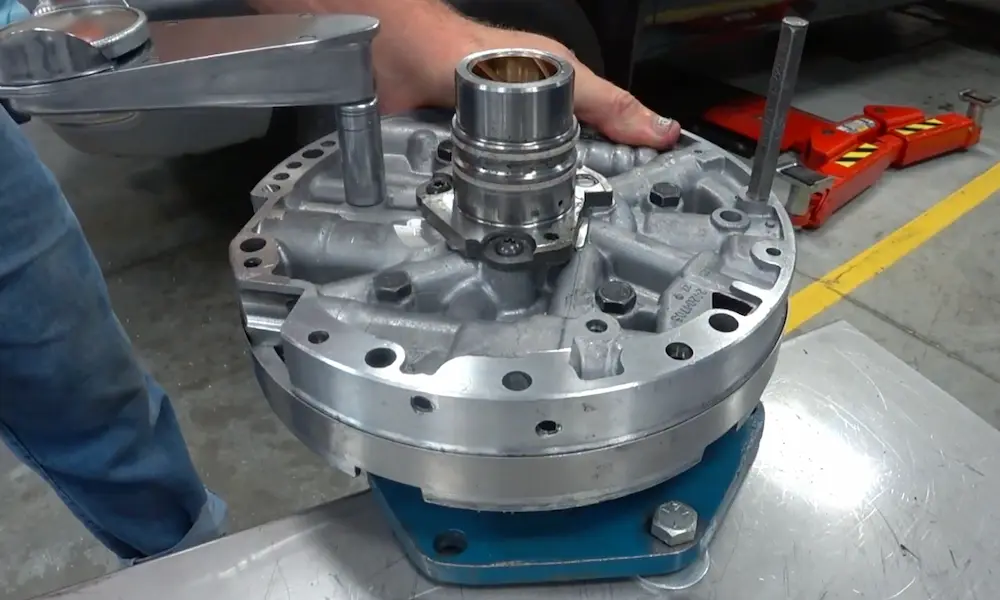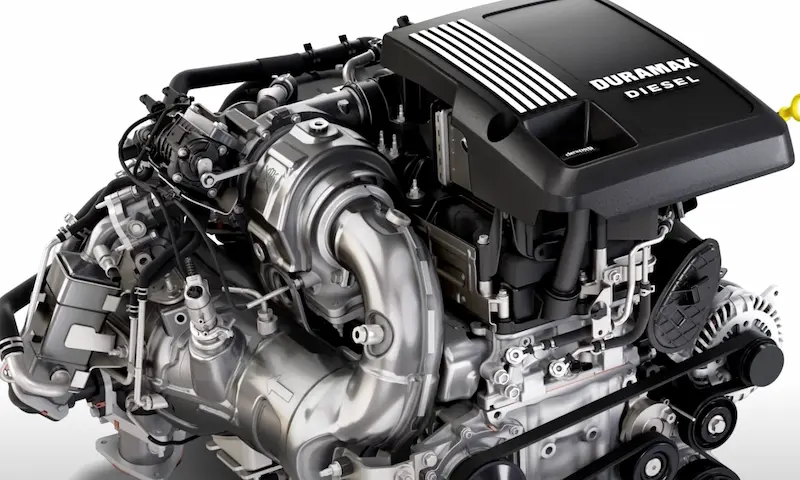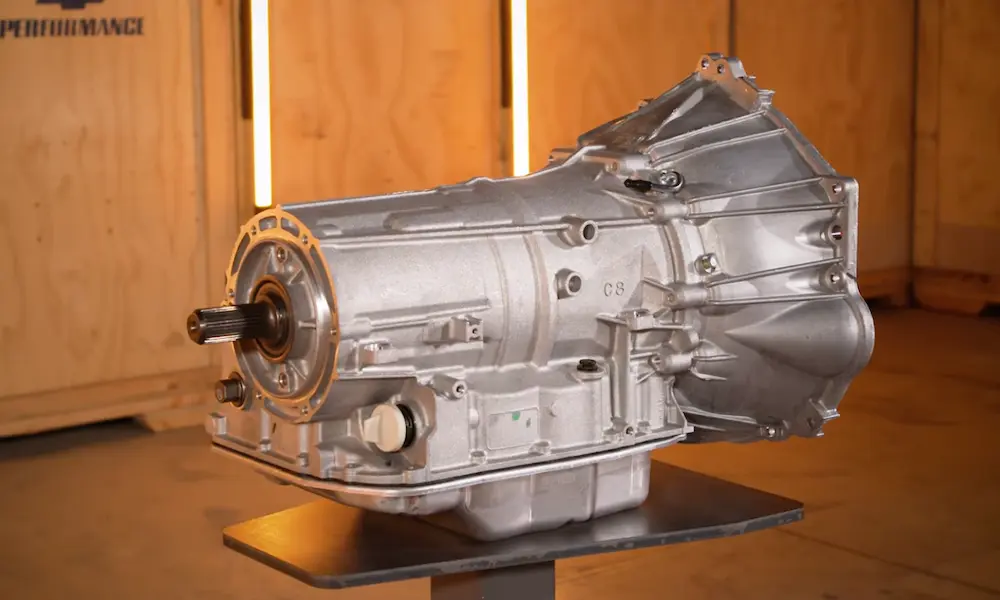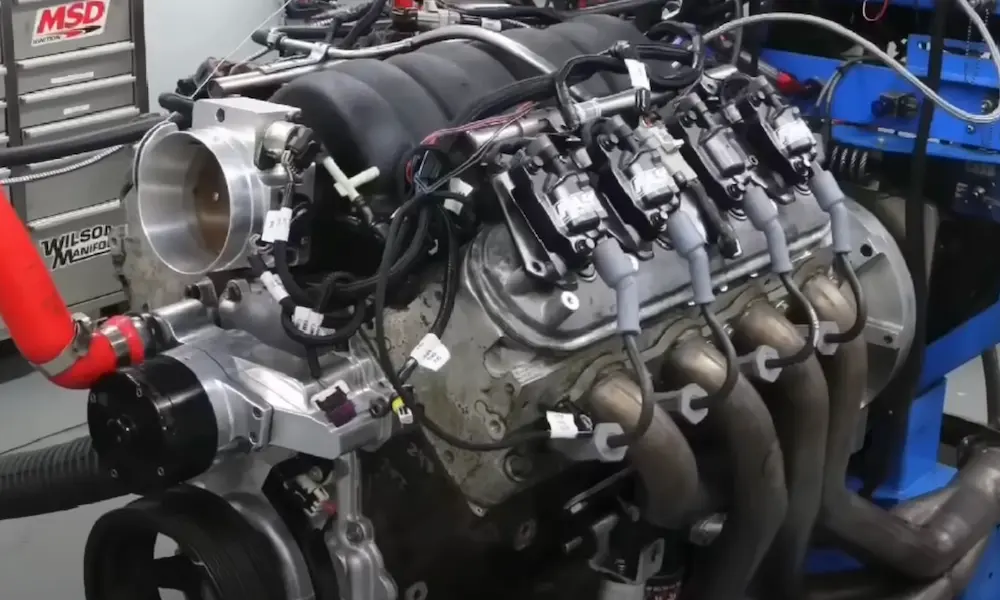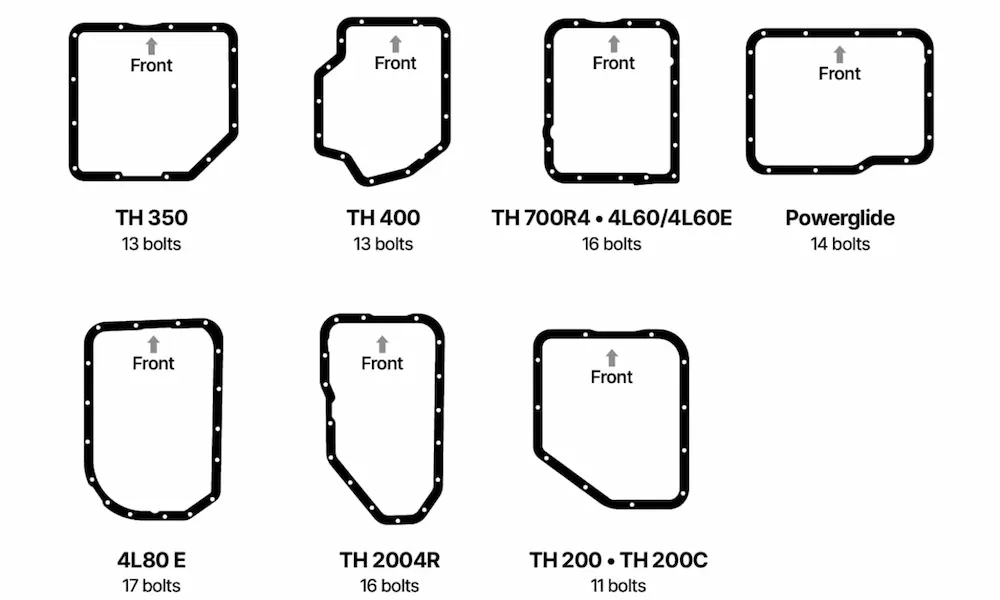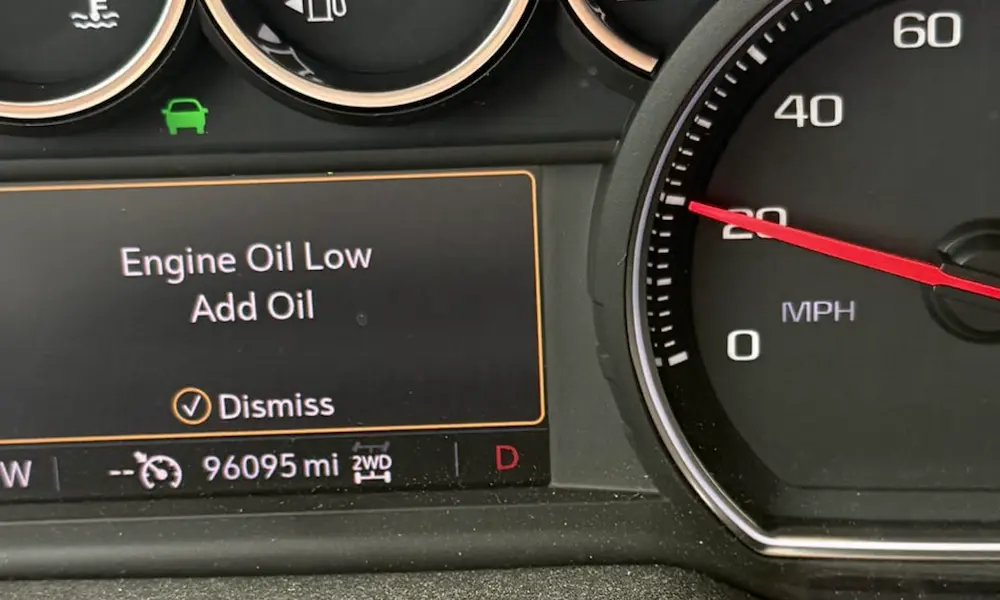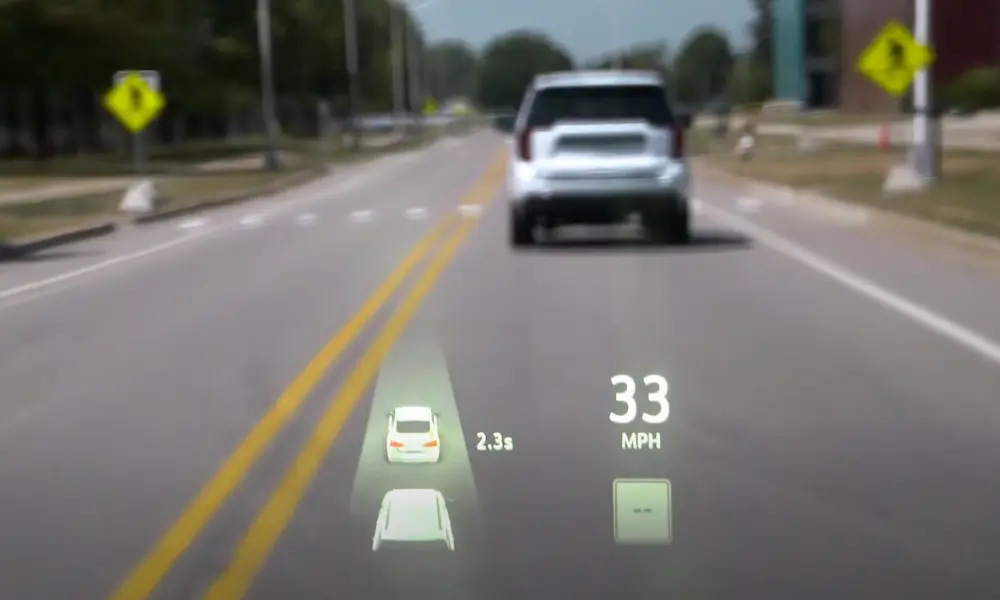If you own a Chevy Traverse, you might have seen the Service ESC light pop up on your dashboard. This light indicates an issue with your Electronic Stability Control system, which helps keep your vehicle stable. Ignoring it may lead to handling problems. Understanding why this light appears and what steps to take can help you address the issue effectively. Dive into this guide to find practical solutions.
Understanding the Electronic Stability Control (ESC)
The Electronic Stability Control (ESC) in the Chevy Traverse is a key safety feature. It helps manage and control the car’s stability, enhancing grip and balance. By knowing its purpose, components, and benefits, you can better appreciate how it keeps your vehicle safe.
Purpose of ESC in the Chevy Traverse
The main goal of the ESC is to keep your Traverse stable during tricky driving conditions. It automatically adjusts the brakes and engine power. This helps when you are driving on slippery roads or making sharp turns. Imagine ESC as your car’s safety net, stepping in when things get a bit wobbly.
ESC works closely with the Traction Control System (TCS). While TCS focuses on preventing wheel spin during acceleration, ESC maintains stability. With these systems, your Chevy Traverse is well-prepared to handle sudden changes.
Components of the ESC System
The ESC system includes several sensors and parts working together. Here are some key components:
- Wheel Speed Sensors: These monitor each wheel’s speed and send data to the system.
- Steering Angle Sensor: This checks the position of the steering wheel to understand your steering intentions.
- Yaw Rate Sensor: It measures the car’s rotation for stability purposes.
The system’s brain, the Electronic Control Unit (ECU), continuously processes the information. It decides when to apply specific brakes or adjust the engine power to keep the vehicle on track.
How ESC Improves Traction and Stability
ESC enhances traction by reducing engine power and applying brakes to individual wheels. This helps regain control, especially during sudden maneuvers or on icy roads. When you drive through challenging paths, ESC can prevent oversteer and understeer.
The Stability Control System also helps maintain the car’s path by correcting any deviations. It ensures the vehicle stability is optimal by making tiny adjustments. These moves aren’t usually noticeable, but they greatly improve your safety.
By distributing power and braking force as needed, the ESC reduces risks of skidding or sliding. This keeps your Chevy Traverse under control, allowing you to drive confidently even in less-than-ideal conditions.
Common Issues Leading to the ‘Service ESC’ Light
When the ‘Service ESC’ light comes on in your Chevy Traverse, it often signals a problem within your vehicle’s electronic stability control system. Common culprits include issues with wheel speed sensors, low brake fluid levels, steering angle sensor calibration, and a faulty stability control module. Understanding these can help you address the warning efficiently.
Wheel Speed Sensor Malfunctions
The wheel speed sensors play a crucial role in monitoring the speed of your wheels. If these sensors malfunction, they can send incorrect data to the ESC system, triggering the light. These issues can arise due to dirt or damage to the sensor or its wiring.
It’s important to have these sensors checked if the ‘Service ESC’ light comes on. Replacing or cleaning them might resolve the issue. If left unattended, a malfunctioning sensor can lead to further problems with your vehicle’s braking and stability.
Low Brake Fluid and Its Effects
Low brake fluid can compromise your vehicle’s braking system and trigger the ‘Service ESC’ light. It might occur due to a leak in the brake lines or general wear and tear over time. Make sure to regularly check your brake fluid levels.
When brake fluid levels drop, it reduces the effectiveness of your brakes, which can affect how your ESC system functions. Topping up the fluid can often solve this issue, but consider having your brake system inspected to prevent recurrent problems.
Steering Angle Sensor and Its Calibration
The steering angle sensor is essential for keeping track of the direction your wheels are pointing. If it becomes misaligned or faulty, it can lead to the ‘Service ESC’ light appearing. This might happen if the sensor falls out of calibration, especially after a wheel alignment or tire change.
In such cases, recalibration of the sensor is often needed. Professionals can perform this service to ensure that your ESC system continues to function properly. Regular checks can help prevent future calibration issues.
Faulty Stability Control Module
A faulty stability control module itself might be responsible for your warning light. This module processes all the data from the sensors, and if it isn’t functioning correctly, it can’t do its job. Symptoms might include random ESC warnings or inconsistent vehicle handling.
Replacing the stability control module can be complex and may require professional attention. Ensuring that the module is working properly is key to maintaining the performance and safety of your Chevy Traverse’s ESC system. Regular diagnostics can help identify issues early on.
Troubleshooting the Service ESC Light
If the Service ESC Light activates in your Chevy Traverse, it indicates a potential issue with the Electronic Stability Control system. Addressing this promptly can prevent further complications. Understanding the steps to diagnose and resolve this warning light is crucial for your vehicle’s performance and safety.
Conducting a Diagnostic Check
Start by conducting a diagnostic check. This can help pinpoint the issue causing the ESC Warning Light to turn on. You can use an OBD-II scanner for this task, which is available at most automotive stores. Connect the scanner to your vehicle’s diagnostic port, usually located beneath the dashboard.
Once connected, read any trouble codes that the system generates. These codes will provide insights into specific issues. If you’re unfamiliar with interpreting these codes, consider visiting your local Chevy Dealer. They have the expertise and tools required to accurately diagnose the problem and suggest effective solutions.
Resetting the System
Sometimes, the ESC Warning Light may remain on due to a minor glitch in the system. In such instances, resetting the system might solve the problem. Begin by turning off the vehicle completely. Wait a few moments before turning it back on. This process can often reset minor electronic issues.
If the light persists, a more comprehensive reset might be required. Disconnect the battery for about 10-15 minutes, which can help clear the electronic system’s short-term memory. Be sure to have your radio codes and other settings on hand, as you might need to re-enter them after reconnection.
Checking Fluid Levels and Tire Pressure
Checking the vehicle’s fluid levels and tire pressure can also resolve Service ESC Light issues. Start with brake fluid, as low levels might impact the ESC system. Refill the fluid to the recommended level if it’s lower than it should be.
Also, examine the tire pressure to ensure it’s at the recommended psi for your Traverse model. Uneven or incorrect tire pressure can trigger the light. Adjust the pressure as needed using a reliable tire gauge. Proper maintenance of fluid levels and tire pressure is key to preventing future ESC problems and maintaining overall vehicle safety.
Maintaining Your Traverse’s ESC System
To keep your Traverse running smoothly, it’s crucial to focus on several key areas related to the Electronic Stability Control (ESC) system. Regular maintenance, checking your battery and electrical system, and staying updated with software and recalls are all important.
Regular Maintenance and Service Checkpoints
Regular maintenance is key to keeping your ESC system in top shape. Start by scheduling routine checks with your mechanic. Inspect the brakes, as they play a crucial role in the ESC function.
Consider setting reminders for specific service checkpoints. Check sensors and wiring for any signs of wear or damage. This can prevent unexpected issues with the ESC system. Remember, catching problems early can save you time and money in repairs.
Battery Load and Electrical System
The condition of your battery directly impacts your ESC system. A weakening battery may trigger the Service ESC light. Perform a load test to ensure your battery can handle demands placed on it.
Auto-stop functions can stress the battery, so regular checks are important. Make sure your battery terminals are clean and connections are solid. If your vehicle has frequent electrical issues, it may be time to replace the battery.
Software Updates and Recalls
Staying informed about software updates and recalls keeps your ESC system current. Manufacturers release updates to improve system performance. Regularly check your dealer’s website or contact them about software updates.
Recalls can address safety issues that might affect the ESC system. If your Traverse has an ongoing recall, get it fixed as soon as possible. This ensures your vehicle remains in peak operating condition.


